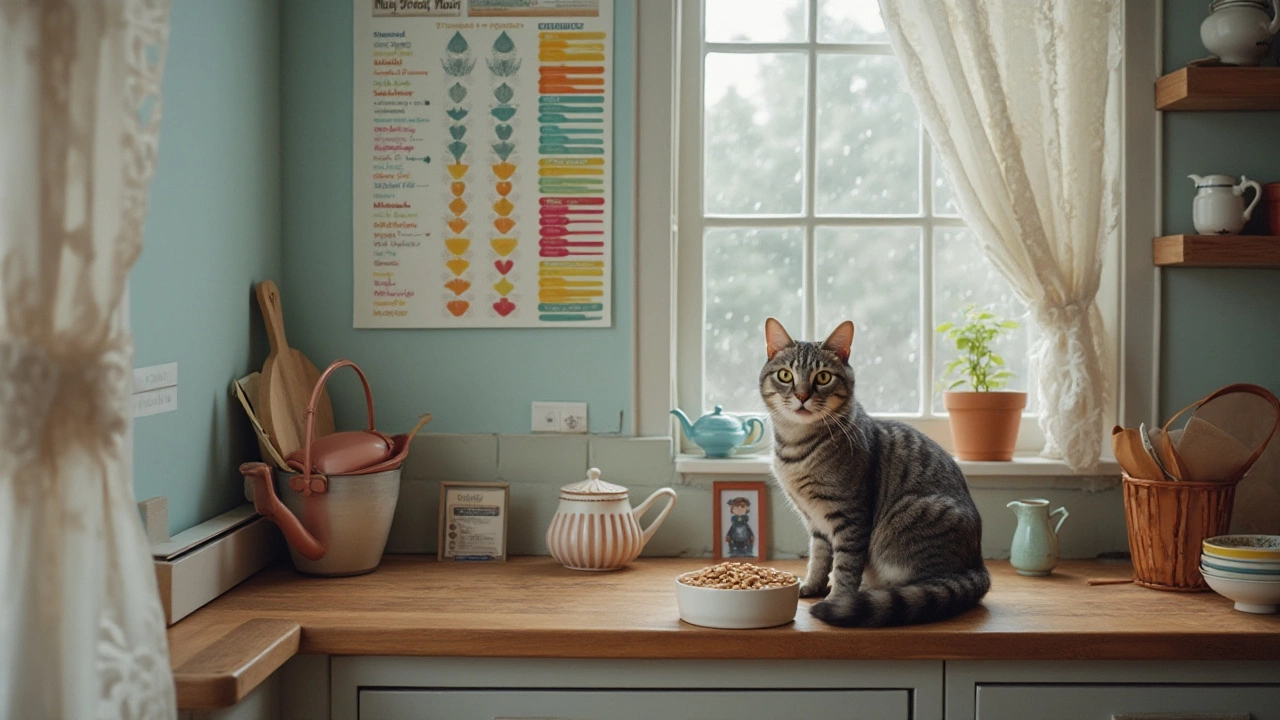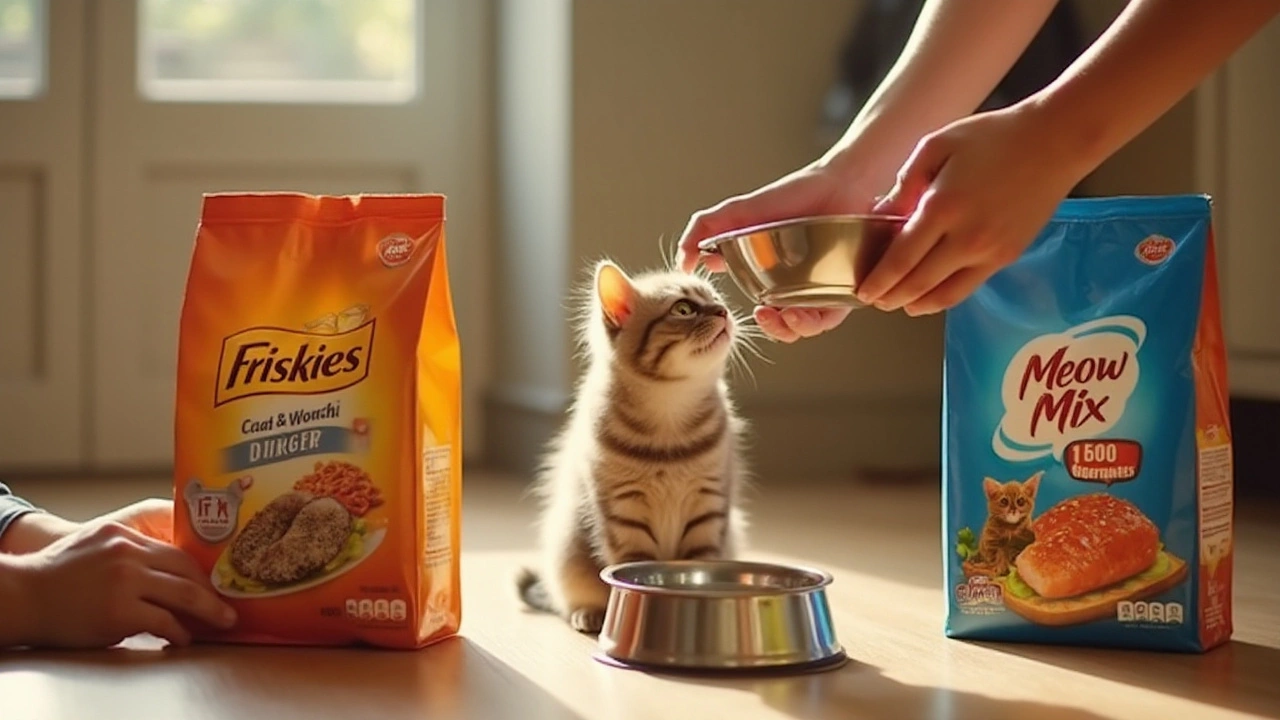Feline Nutrition: What Every Cat Owner Should Know
Feeding a cat might seem simple – just open a bag and pour. In reality, a cat's diet shapes its health, mood, and longevity. Below you’ll find the basics you need to choose the right food, set a feeding routine, and dodge bad ingredients.
Choosing the Right Cat Food
Start with the three main categories: dry kibble, wet canned food, and raw or homemade diets. Dry kibble is convenient and good for dental health, but many low‑price brands hide fillers like corn gluten or excessive grain. Wet food adds moisture, which helps kidney function and keeps cats hydrated, especially if they don’t drink much water.
Look at the first ingredient. High‑quality protein (chicken, turkey, fish) should be up front. Avoid foods that list “by‑product meal” or “animal digest” as the primary component – these are vague and often low‑value protein sources.
Scan the label for additives. Artificial colors, flavors, and preservatives such as BHA or BHT have no nutritional benefit and can irritate the gut. Some cats develop sensitivities to additives like propylene glycol or excess sodium.
If you consider a raw diet, talk to a vet first. Raw meals need balanced calcium, taurine, and vitamin levels – missing any can cause serious health issues.
Feeding Practices That Keep Your Cat Healthy
Most adult cats thrive on two meals a day. Kittens need three to four feeds because their growth rate is rapid. Consistency matters: feed at the same times each day to keep their metabolism stable.
Free‑feeding dry food (leaving a bowl out all day) works for some cats but can lead to overeating, weight gain, and urinary problems. If you choose free‑feeding, measure the daily calorie amount and monitor your cat’s weight weekly.
For wet food, portion sizes are usually listed on the can. A typical 5‑ounce can provides about 150‑180 calories, which is roughly one meal for a 4‑5 kg adult cat. Adjust portions if your cat is very active or less active.
Always provide fresh water. Even with wet food, cats benefit from a clean water source. A pet water fountain encourages drinking and helps prevent urinary stones.
Finally, watch the ingredient list for hidden carbs. Cats are obligate carnivores – they need minimal carbs. Excess carbs can cause diabetes and obesity. Choose foods with less than 10% carbohydrate content when possible.
By picking quality protein, avoiding questionable additives, and feeding on a regular schedule, you give your cat the best chance at a long, healthy life. Keep an eye on weight, coat condition, and litter box habits; they’re the easiest signals that the diet is working or needs a tweak.
Posted By Bryndle Redding On 16 Jan 2025 Comments (0)
Is Dry Food Enough for Your Feline Friend?
Feeding your cat the right diet is crucial for their health and happiness. Many cat owners wonder if dry food alone can meet their cat's dietary needs. This article explores the benefits and drawbacks of a dry food diet for cats, touching on essential nutrients, hydration needs, and practical feeding tips to ensure your feline companion thrives.
READ MOREPosted By Bryndle Redding On 7 Jan 2025 Comments (0)
Friskies vs. Meow Mix: Which Cat Food Comes Out on Top?
Deciding between Friskies and Meow Mix for your cat's meal can be daunting. Both brands offer a variety of flavors and formulas, aiming to suit different feline needs. This article delves into nutritional content, flavor variety, and quality to help you make an informed decision. Keep reading to discover which brand might lead to happier and healthier cats.
READ MORE
